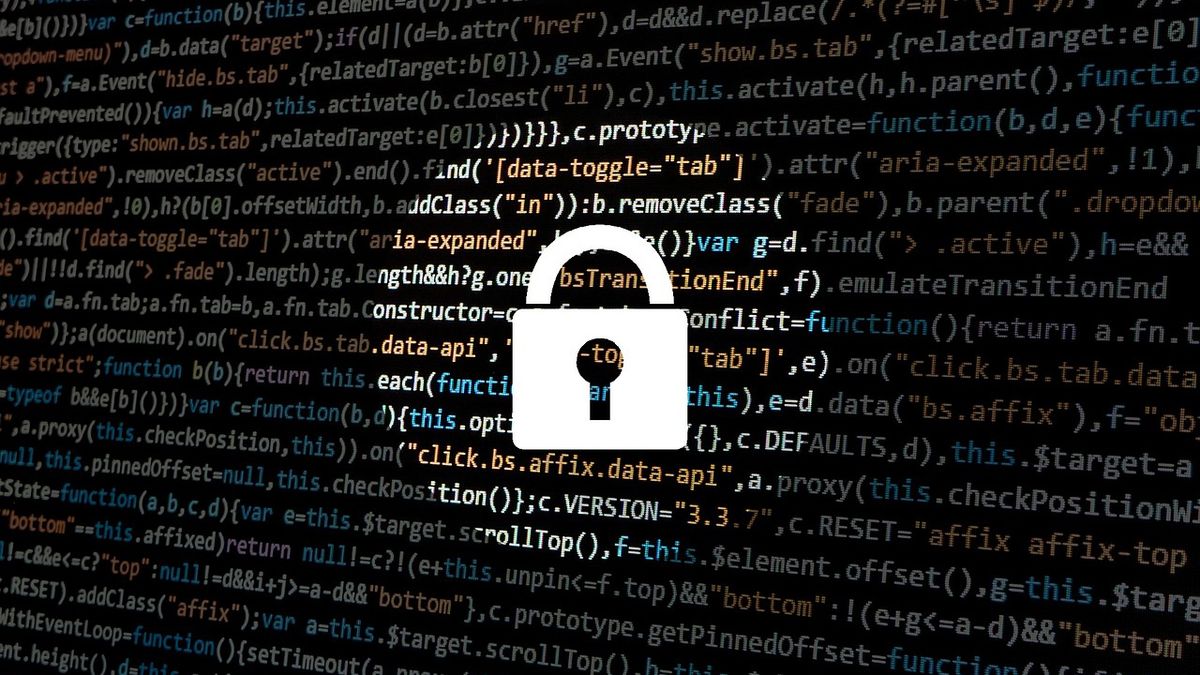Yogurt Heist Reveals a Rampant Form of Online Fraud
The Journal’s story reveals that cargo hijacking fraud remains a serious problem—one that cost $500 million in 2023, quadruple the year before. Victims say load board operators need to do more to verify users’ identities, and that law enforcement and regulators also need to do more to address the thefts.
Multifactor authentication (MFA) has served as a crucial safeguard against hackers for years. In Apple’s case, it can require a user to tap or click “allow” on an iPhone or Apple Watch before their password can be changed, an important protection against fraudulent password resets. But KrebsOnSecurity reports this week that some hackers are weaponizing those MFA push alerts, bombarding users with hundreds of requests to force them to allow a password reset—or at the very least, deal with a very annoying disruption of their device. Even when a user does reject all those password reset alerts, the hackers have, in some cases, called up the user and pretended to be a support person—using identifying information from online databases to fake their legitimacy—to social engineer them into resetting their password. The solution to the problem appears to be “rate-limiting,” a standard security feature that limits the number of times someone can try a password or attempt a sensitive settings change in a certain time period. In fact, the hackers may be exploiting a bug in Apple’s rate limiting to allow their rapid-fire attempts, though the company didn’t respond to Krebs’ request for comment.
Israel has long been accused of using Palestinians as subjects of experimental surveillance and security technologies that it then exports to the world. In the case of the country’s months-long response to Hamas’ October 7 massacre—a response that has killed 31,000 Palestinian civilians and displaced millions more from their homes—that surveillance now includes using controversial and arguably unreliable facial recognition tools among the Palestinian population. The New York Times reports that Israel’s military intelligence has adopted a facial recognition tool built by a private tech firm called Corsight, and has used it in its attempts to identify members of…



